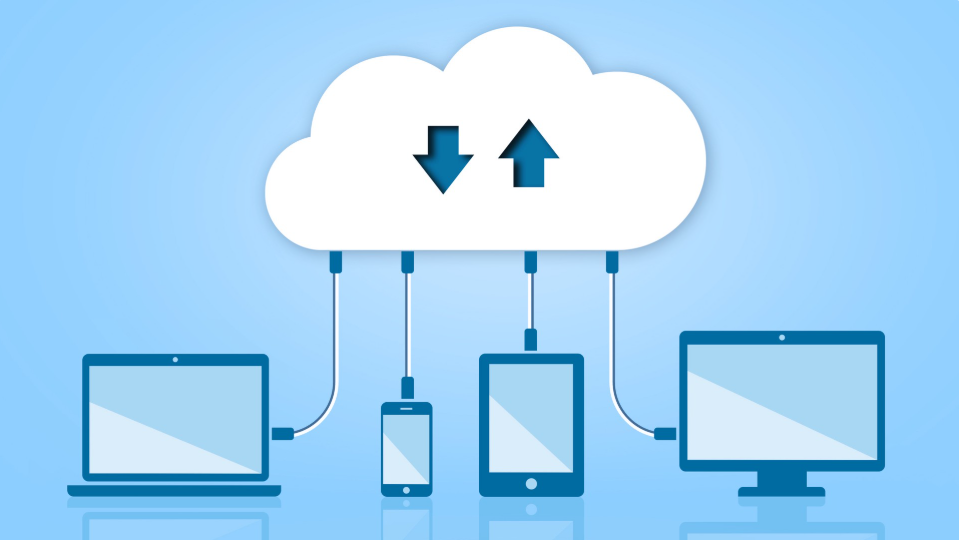
As businesses grow, expanding an offshore software development team brings both exciting opportunities and complex challenges. A well-structured offshore team can unlock access to global talent, reduce costs, and accelerate innovation. However, success doesn’t come from simply hiring more engineers—it requires clear strategies, scalable processes, and a supportive team culture. Below are key approaches to effectively scale an offshore development team.
1. Hire the Right Talent
Scaling starts with bringing the right people on board. Beyond strong technical expertise, companies should look for engineers with problem-solving skills, adaptability, and the ability to thrive in globally distributed environments. Communication skills and cultural awareness are equally important since offshore teams need to collaborate seamlessly across borders.
To attract top talent, organizations can leverage professional networks like LinkedIn and GitHub, or specialized platforms such as Toptal to find highly qualified engineers. For smoother operations, tools like Deel or Remote simplify contracts, payroll, and compliance, helping businesses focus more on building the team than dealing with administrative burdens.
2. Establish Scalable Communication and Collaboration Practices
As the team grows, communication must remain consistent and transparent. Standardizing channels—such as Slack or Microsoft Teams for daily conversations and email for formal updates—helps set clear expectations. Encouraging asynchronous communication is also crucial, ensuring clarity across different time zones without putting pressure on real-time responses.
To support collaboration, project management platforms like Jira, Trello, or ClickUp provide visibility into tasks, deadlines, and progress. Meanwhile, centralized documentation tools such as Notion or Confluence ensure knowledge is easily accessible to everyone, preventing silos and confusion.
3. Build a Strong Onboarding Process
Onboarding sets the tone for new hires and directly affects their long-term performance. A structured onboarding program should include clear documentation of company policies, workflows, and coding standards. Assigning mentors or “buddies” helps new team members quickly adapt, fostering a sense of belonging from day one.
Encouraging early collaboration is equally important. Virtual introductions, ice-breaking sessions, and small starter projects give new hires confidence before moving on to larger, more complex tasks. A strong onboarding process not only reduces ramp-up time but also strengthens team cohesion.
4. Foster an Offshore-Friendly Team Culture
Culture is the glue that keeps offshore teams engaged and motivated. Building trust and inclusivity should be a top priority—regular video check-ins, casual catch-ups, and celebrating milestones go a long way in strengthening relationships.
Knowledge sharing also plays a vital role in sustaining team growth. Hosting internal workshops, code reviews, or tech talks encourages continuous learning and collaboration. Providing access to online courses and certifications shows commitment to employees’ professional development, increasing loyalty and retention.
5. Implement Scalable DevOps and Security Practices
As teams expand, development processes must remain reliable and secure. Automating deployments and testing through CI/CD pipelines (GitHub Actions, GitLab CI, Jenkins) helps ensure smooth, error-free releases. Integrating automated testing, peer code reviews, and security scans further enhances product quality.
Security cannot be overlooked when scaling offshore teams. Role-based access control (RBAC), data encryption, and compliance with regulations like GDPR or SOC 2 are critical to protecting sensitive information and maintaining customer trust.
6. Optimize Time Zone Management and Productivity
Managing time zones effectively is one of the biggest challenges of offshore collaboration. Allowing engineers to work in their preferred time zones while maintaining a few overlapping hours for collaboration creates both flexibility and alignment. Tools like World Time Buddy simplify scheduling across global locations.
Measuring productivity should focus on outcomes rather than hours. Using OKRs (Objectives and Key Results) alongside time-tracking tools like Clockify or RescueTime provides insights into performance without micromanagement. This approach fosters trust and empowers engineers to deliver their best work.
Scaling an offshore software development team is not just about hiring more people—it’s about building sustainable systems that support growth. By hiring carefully, standardizing communication, investing in onboarding, nurturing team culture, implementing strong DevOps practices, and optimizing productivity across time zones, businesses can create offshore teams that are not only efficient but also innovative, resilient, and deeply connected.
Suggested Posts
How useful was this post?
Share it with your friends
Get our latest articles here!
Do you have any questions?
Help us improve the content of this Insightful blog by asking us questions. Manifera's team of experts will help you answer these questions as soon as possible.












